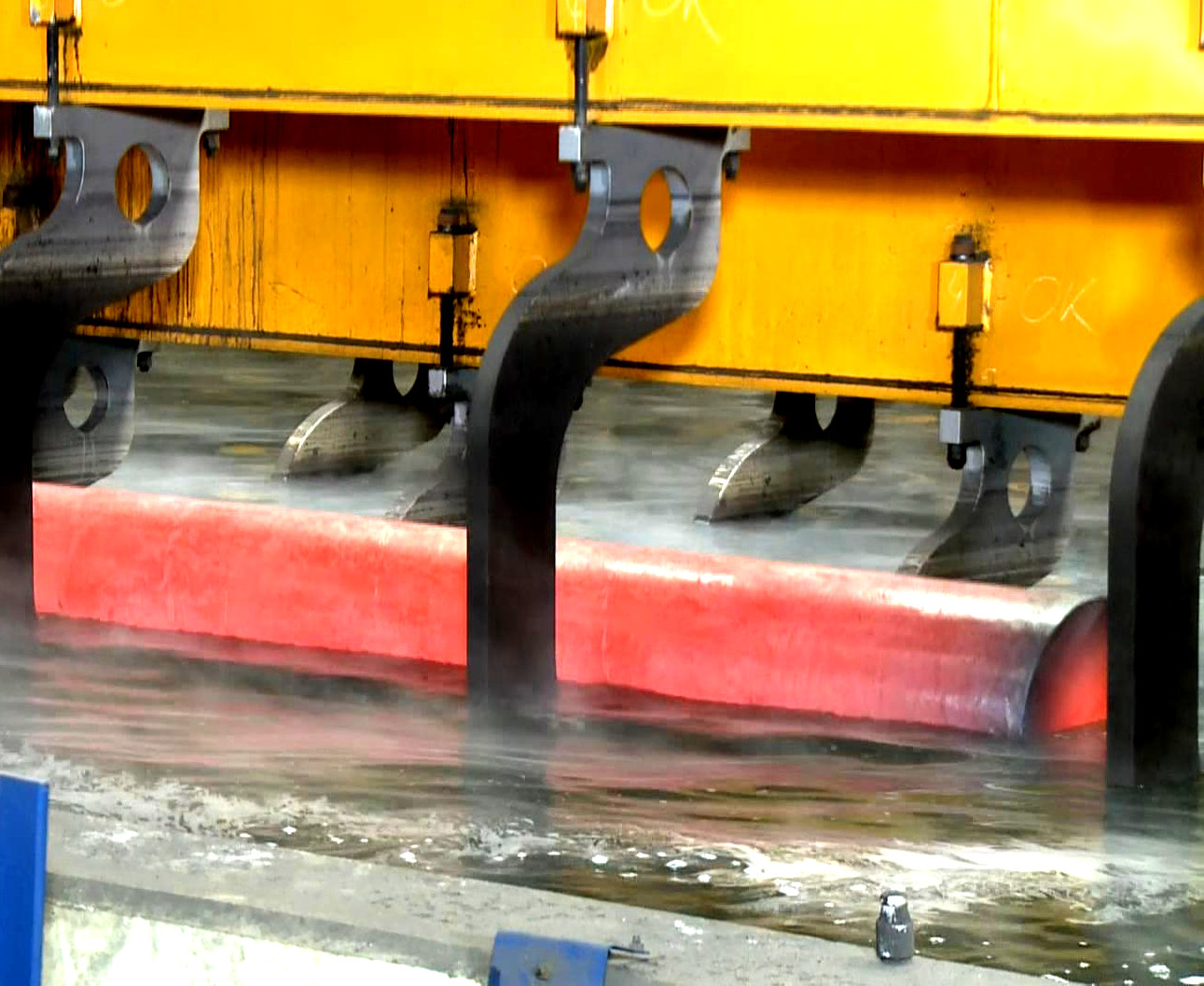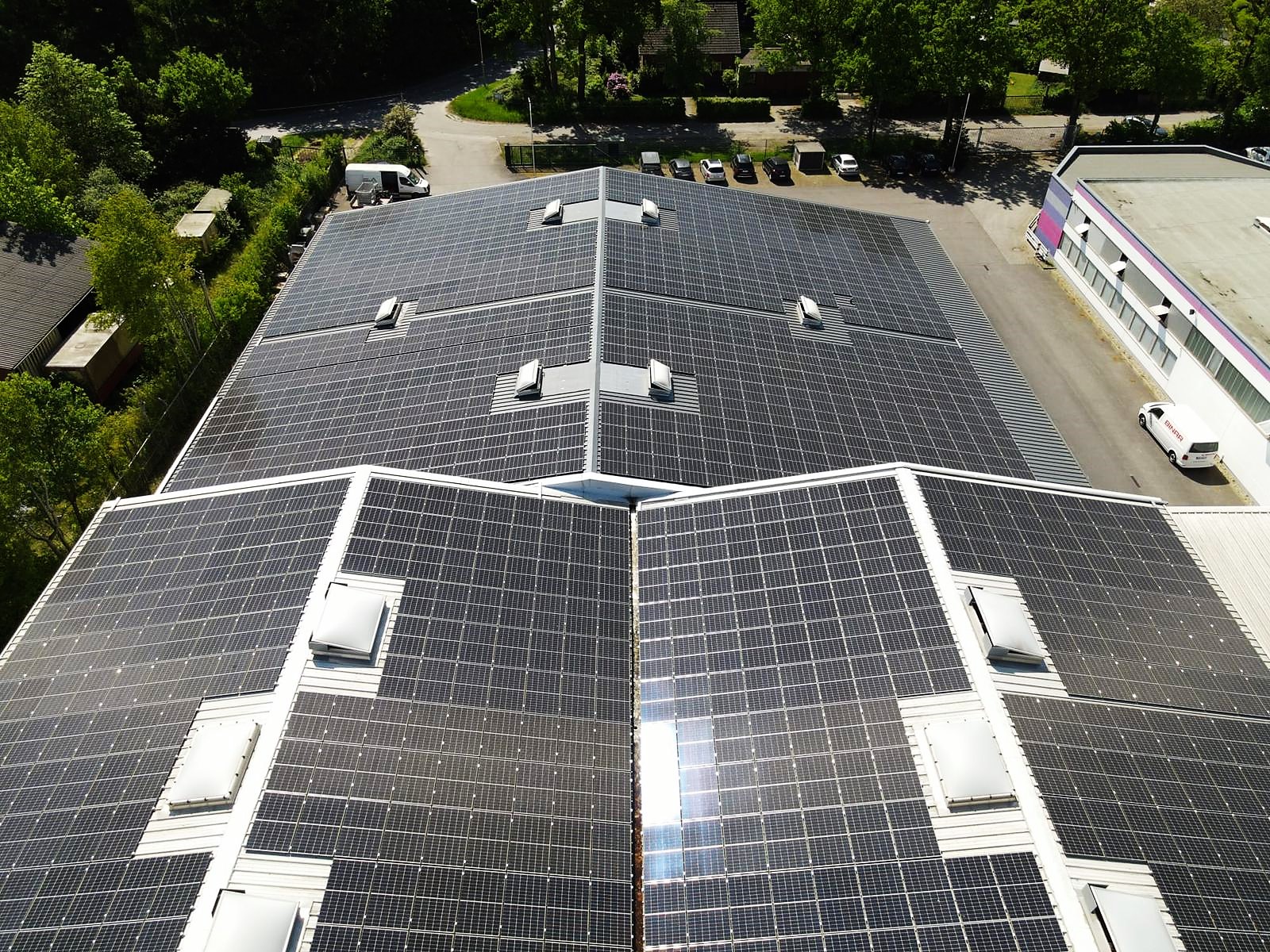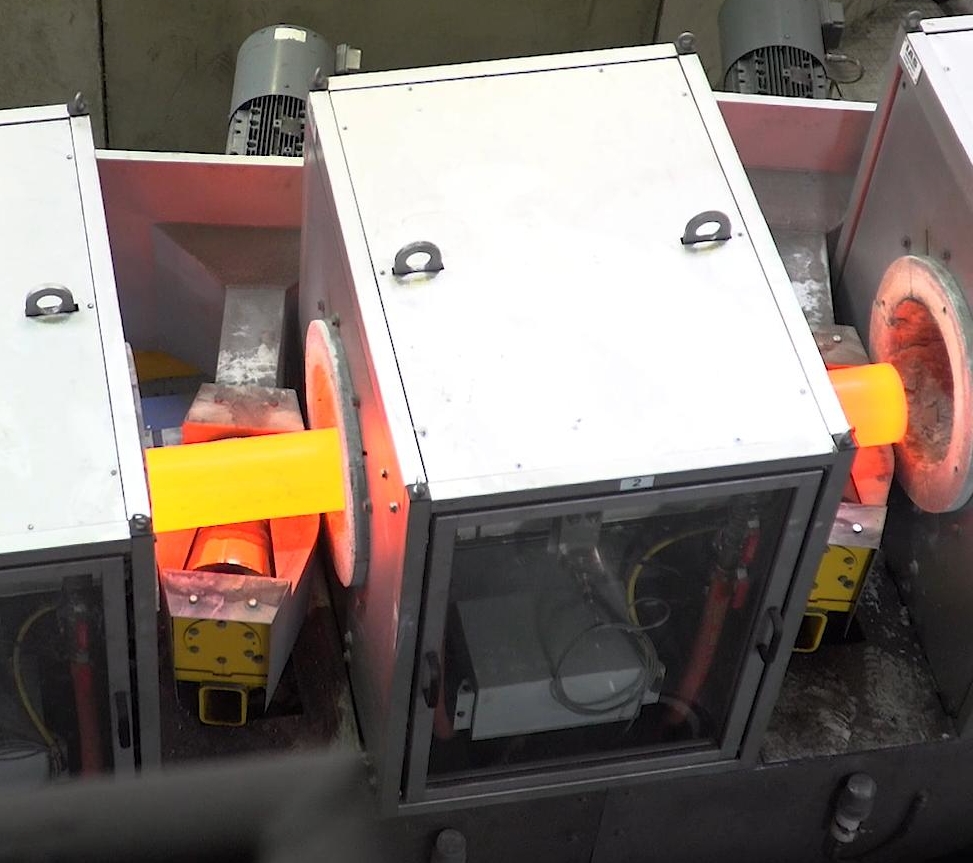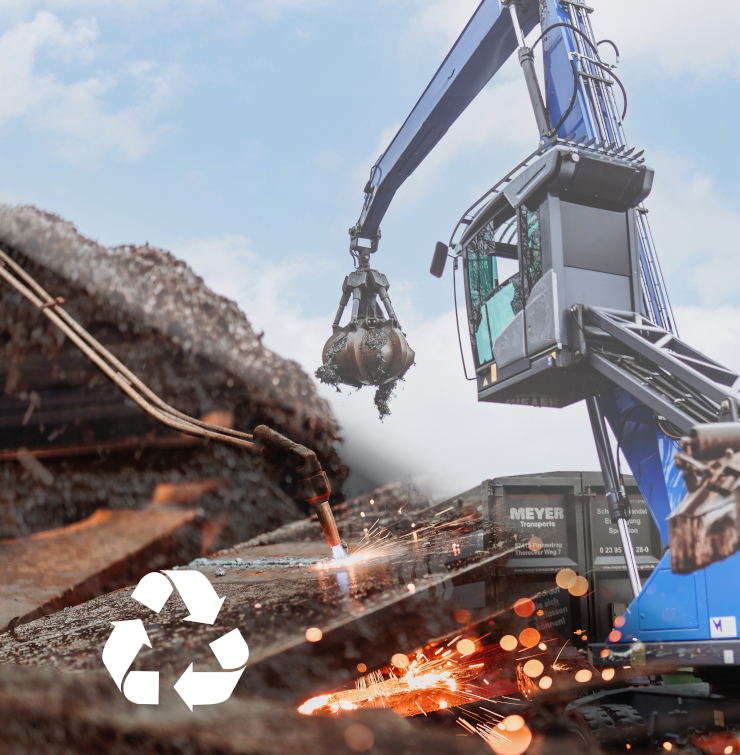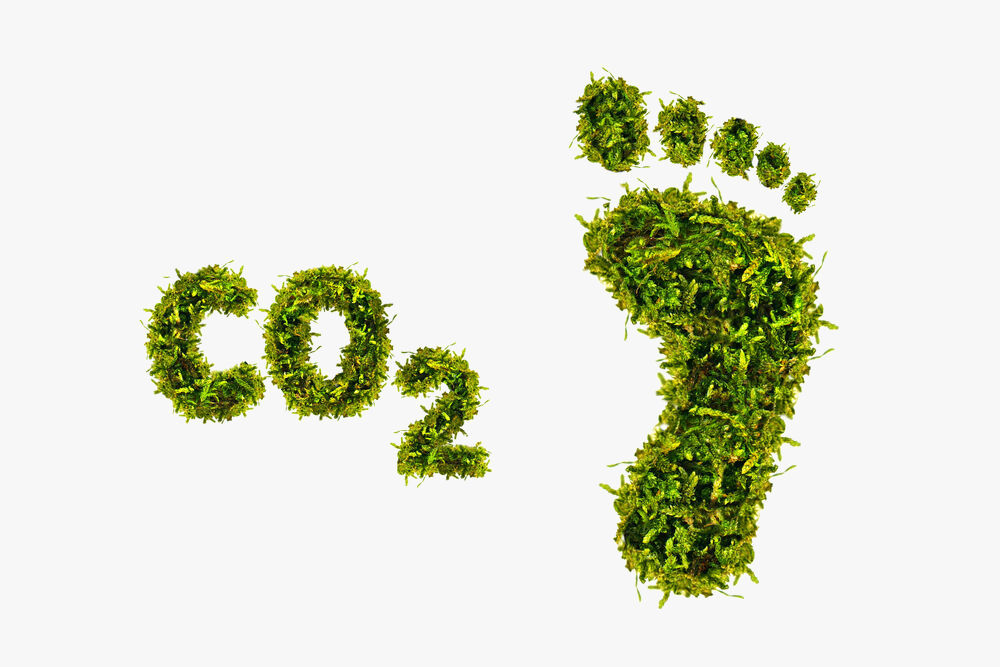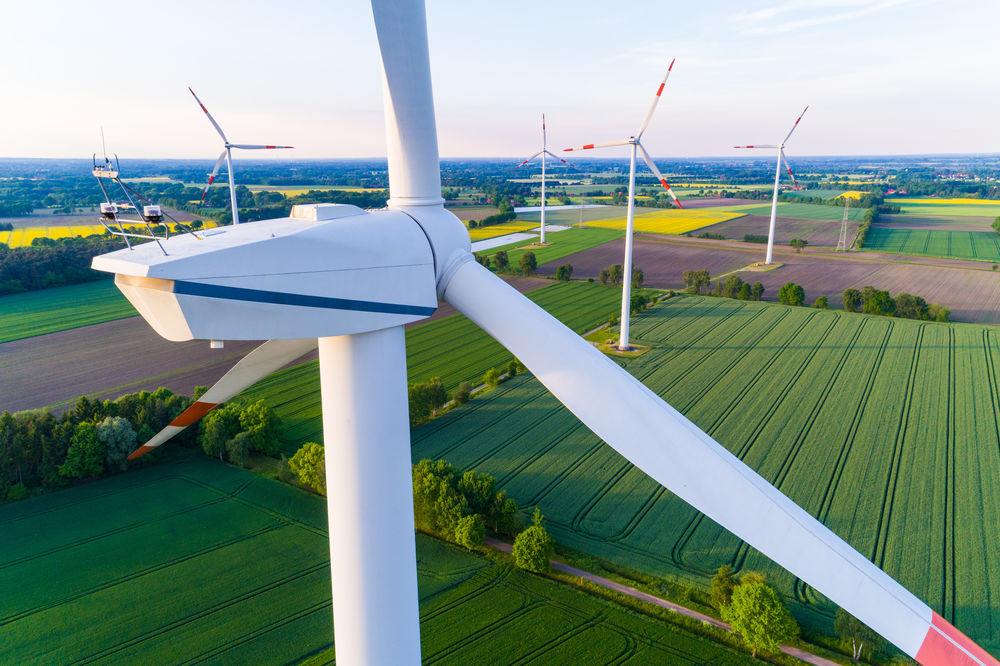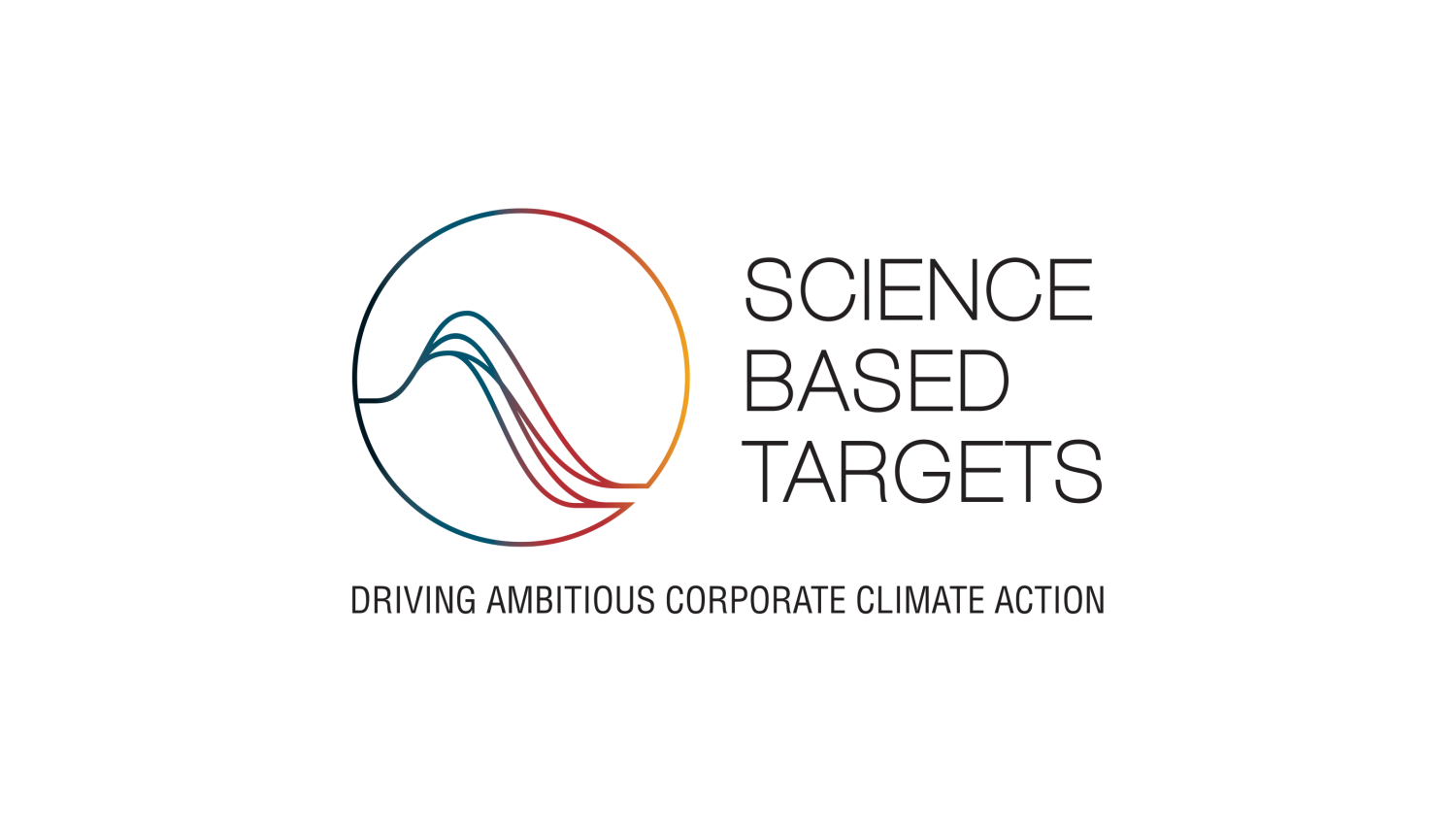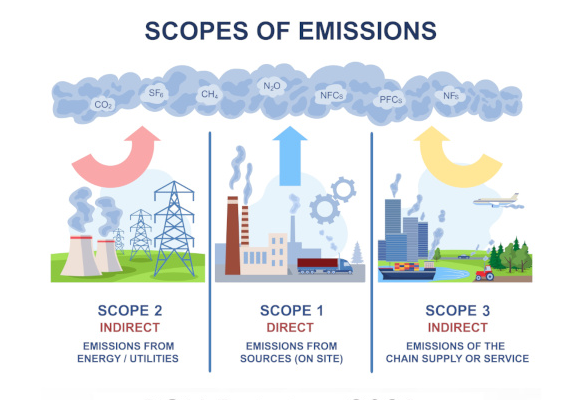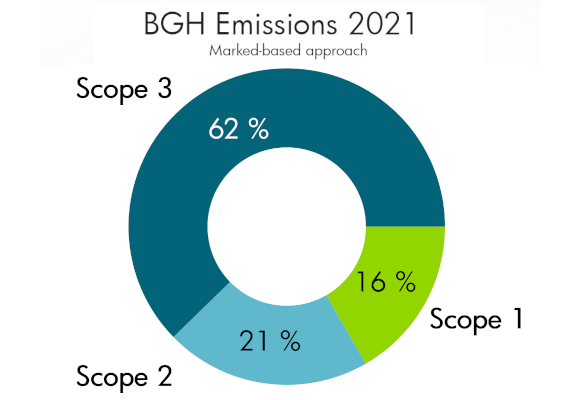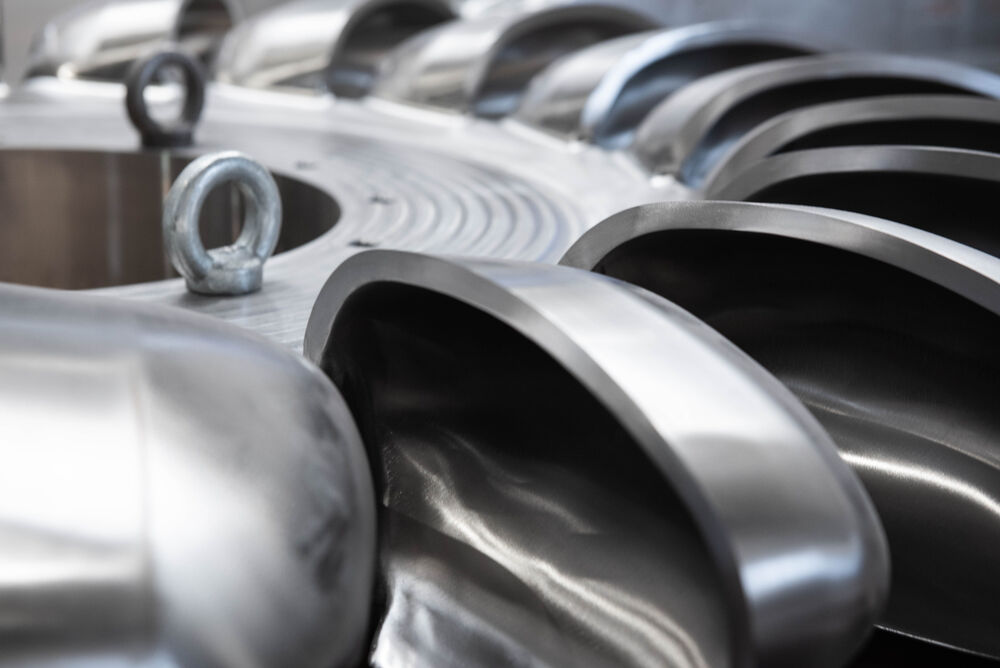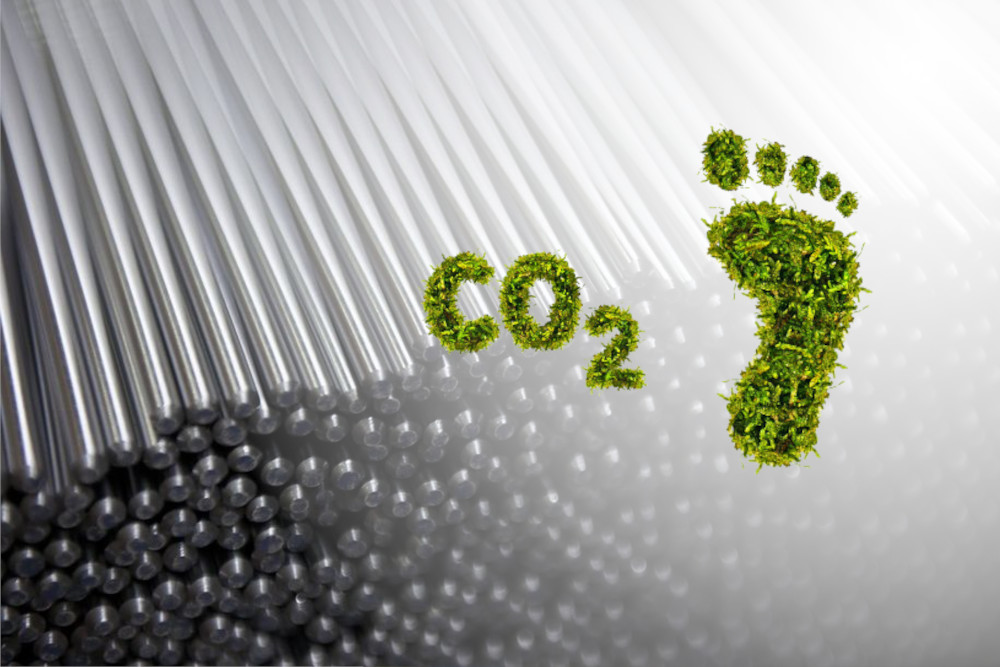Our commitment to sustainability and society
We are aware of our responsibility towards society and future generations. As a long-standing, family-run company, sustainable management and the economical use of resources have been the basis of our entrepreneurial actions for decades.
By supporting various social projects, we make the future a little bit better. As a training company, we play a significant role in qualifying future skilled workers and securing jobs in the long term.
Climate protection is not possible without steel. Whether in the gearboxes of wind turbines, in the production of primary materials for solar cells, in electric cars or in hydrogen technology - essential components are made of BGH stainless steel. Innovative technologies made from our primary materials thus avoid thousands of tonnes of CO2 every year.
As an electric steel plant, we play a central role in the circular economy. With a scrap input of over 80 %, valuable resources are conserved and long transport routes from mining areas all over the world are avoided. Compared to the blast furnace route, around 70 % of CO2 emissions per tonne of crude steel are already saved.
Against the backdrop of global warming, we see de-industrialisation and the relocation of production to (non-European) countries as counterproductive. Sustainable climate protection only works with competitive products and under fair economic policy conditions that can be planned for the long term.
CO2-Reduction measures
